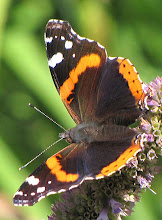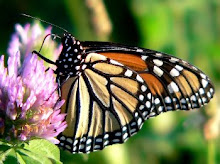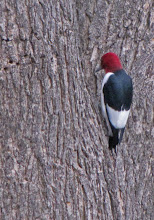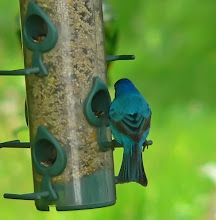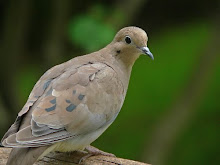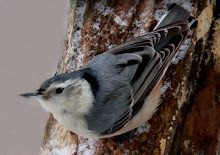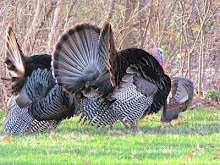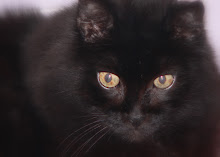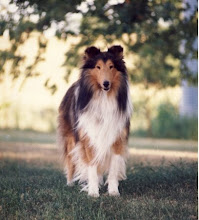
Here's my little bunny tail grass. This is the first time I've grown it. Remarkably easy to start from seed. I'm looking forward to using the cute little tails in fall decorations. So easy to grow in a pot or in the garden. The grass itself isn't especially attractive (it looks a lot like crab grass;) but it blooms early and stays low, less than a foot tall.

Another new plant for me this spring was Agastache Golden Jubilee. I love trying out new plants that are supposed to attract butterflies, bees or birds. So far it has not but these are very small plants and we aren't seeing many butterflies this year.

Golden Jubilee is an attractive plant with the anise scented leaves typical of hyssop. An All American Gold Medal Selections winner in 2003 it scored the highest in length of bloom and ease of growth. According to its press, it will continue to bloom all summer if deadheaded. Leave the last seedheads on for the finches. The leaves are a pretty chartreuse color (photos don't do it justice) which offsets the lavender bloom nicely. Mine are planted in the gravel garden near Walkers Low which may not show off their color to the best effect. Combined with dark or red leaved foliage, this plant would shine.
Very few agastache are completely hardy in my area but gardeners as far north as St. Paul say it is hardy in their gardens and also self seeds. Almost forgot to mention, the leaves are edible in salads (when young).

The bronze fennel is just beginning to bloom. This airy plant with the dark, thready leaves has proved to be a wonderful filler accenting other plants while remaining in the background. It was purchased for the swallowtail butterflies but again, we have had so few butterflies. I hope it is a good reseeder because I'd like much more in my garden next year.
Speaking of swallowtails, I have at least one in my garden and it was remarkable photogenic yesterday. I usually don't have my camera in hand when one lands on a particularly nice bloom but this time I did.

Can you see all the pollen on it's upper wings?
The California Poppies started from seed this spring struggled through our record cold and wet June. In July they perked up and now that the nights are warmer and the rain has subsided they are doing much better. Lovely color, low growing and attractive foliage. These plants would mix well with anything and their ferny leaves won't shade other perennials or annuals.

So far I've only gotten tomatoes from three of my plants. I was so frustrated throughout most of July because, although the fruit was big and green, it refused to ripen. Finally in late July the overnight temperatures got above the 50's and the tomatoes began to redden. As I feared the ones that had hung on the vine for so long were not edible but new ones are coming on strong.
I was excited about German Johnson but so far find the flavor bland. It does produce a lot of fruit for an heirloom, about 14 fruit on it at this time. Warmer conditions might make a difference so I may grow it again.

Celebrity isn't an heirloom and the taste is less than wonderful but it is a big producer. There are probably 20 or more fruit in different stages on this plant today.

I wanted Sweet Million and couldn't find it so I settled for Super Sweet 100. Not bad but not great. It isn't producing as it should so this one won't be coming back next year.

These tomatoes are all growing in large pots. The garden tomatoes are very, very late. I fear some of them may not produce before frost.
One more new plant, Swiss Chard. So far I've been using it in salads and haven't tried cooking it. Crispy, interesting flavor, attractive--this is a keeper that will be coming back next year.

You might enjoy visiting my fellow Rockford gardener Balisha, who wrote me a poem in response to my "Save the tomato hornworm" campaign;) Balisha has a way with words you will enjoy. I don't know if her poem has a name but I think it should be called "THE HORNWORM STOMP".































































